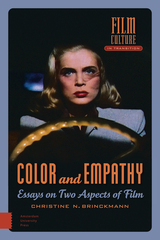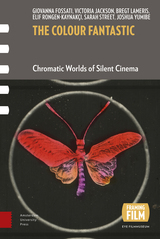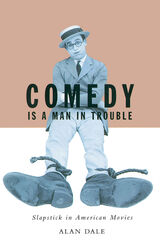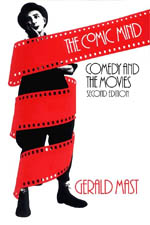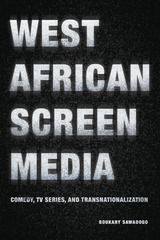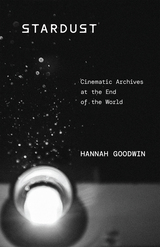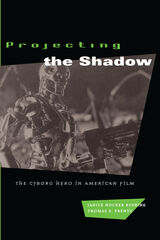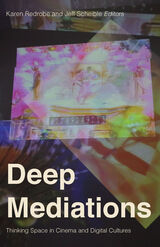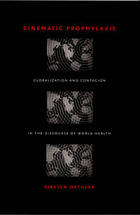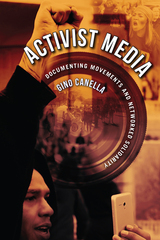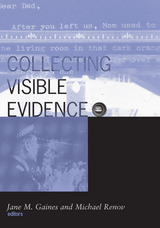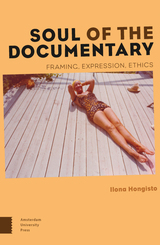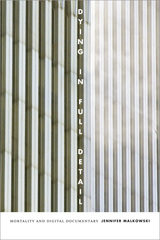Cloth: 978-0-8223-3635-8 | eISBN: 978-0-8223-8738-1 | Paper: 978-0-8223-3648-8
Library of Congress Classification PN1995.9.D56O88 2005
Dewey Decimal Classification 791.436561
Ostherr presents the first in-depth analysis of the public health films produced between World War II and the 1960s that popularized the ideals of world health and taught viewers to imagine the presence of invisible contaminants all around them. She considers not only the content of specific films but also their techniques for making invisible contaminants visible. By identifying the central aesthetic strategies in films produced by the World Health Organization, the Centers for Disease Control, and other institutions, she reveals how ideas about racial impurity and sexual degeneracy underlay messages ostensibly about world health. Situating these films in relation to those that preceded and followed them, Ostherr shows how, during the postwar era, ideas about contagion were explicitly connected to the global circulation of bodies. While postwar public health films embraced the ideals of world health, they invoked a distinct and deeply anxious mode of representing the spread of disease across national borders.
See other books on: Contagion | Discourse | methods | Public Health | Science fiction films
See other titles from Duke University Press

